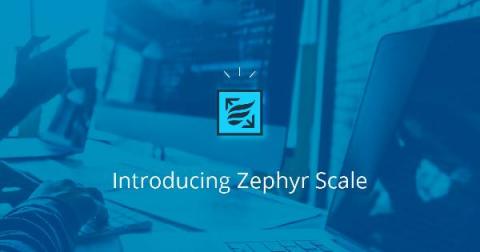React Hooks Common Mistakes
React Hooks is a new addition to React which enables you to use state and other features of the library without having to create a class. By ‘hooking into’ React’s existing features, you can significantly reduce the number of concepts you have to grapple with, and you can create custom hooks to share all kinds of non-visual logic, making your code much more reusable.











